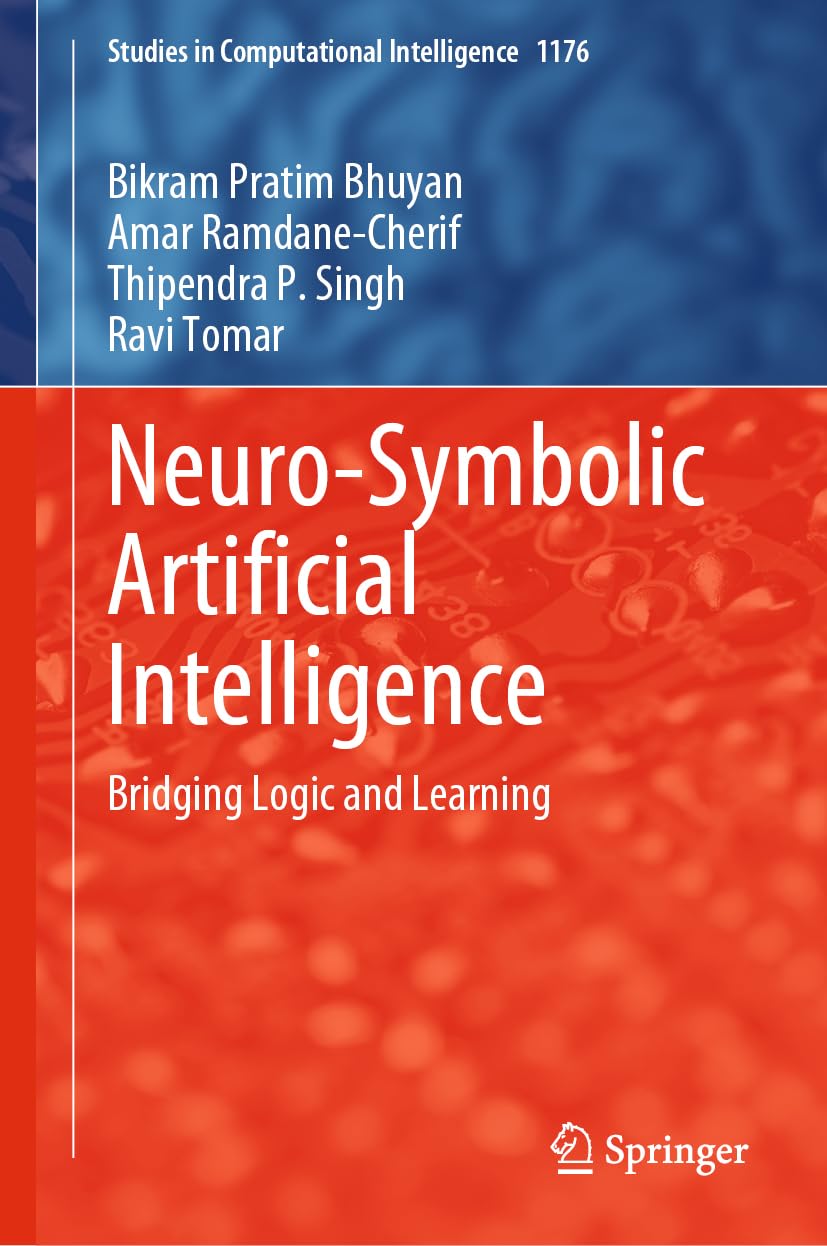Long Short-Term Memory (LSTM) networks are a type of recurrent neural network (RNN) that are designed to overcome the vanishing gradient problem that often occurs in traditional RNNs. LSTM networks are particularly useful for tasks that involve sequences of data, such as speech recognition, language translation, and time series prediction.
If you are new to the world of deep learning and neural networks, understanding LSTM networks can seem daunting at first. However, with a little guidance, you can quickly grasp the basic concepts behind LSTM networks and begin to use them in your own projects.
At its core, an LSTM network is made up of a series of LSTM cells that are connected in a chain-like structure. Each LSTM cell contains three main components: the input gate, the forget gate, and the output gate. These gates control the flow of information within the cell and allow the network to learn long-term dependencies in the data.
The input gate determines how much of the new input data should be stored in the cell’s memory. The forget gate decides which information from the cell’s memory should be discarded. Finally, the output gate determines how much of the cell’s memory should be used to make predictions or output values.
One of the key features of LSTM networks is their ability to remember information for long periods of time. This is achieved through the use of the cell state, which runs through the entire chain of LSTM cells. The cell state acts as a kind of conveyor belt that carries information from one cell to the next, allowing the network to retain important information over long sequences of data.
Training an LSTM network involves feeding it sequences of input data and adjusting the network’s parameters to minimize the difference between the network’s predictions and the actual output. This process is known as backpropagation through time, and it is similar to the backpropagation algorithm used in traditional feedforward neural networks.
To get started with LSTM networks, you can use popular deep learning libraries such as TensorFlow or PyTorch, which provide pre-built implementations of LSTM cells and networks. You can also find numerous tutorials and online courses that can help you learn the basics of LSTM networks and how to apply them to real-world problems.
In conclusion, LSTM networks are a powerful tool for processing sequential data and learning long-term dependencies. By understanding the basic principles behind LSTM networks and practicing with real-world datasets, you can quickly become proficient in using LSTM networks for a wide range of tasks. With practice and dedication, you can unlock the full potential of LSTM networks and take your deep learning skills to the next level.
#Beginners #Guide #Understanding #LSTM #Networks,lstm










